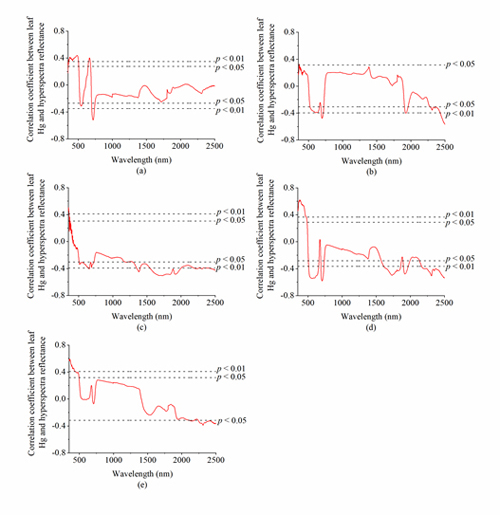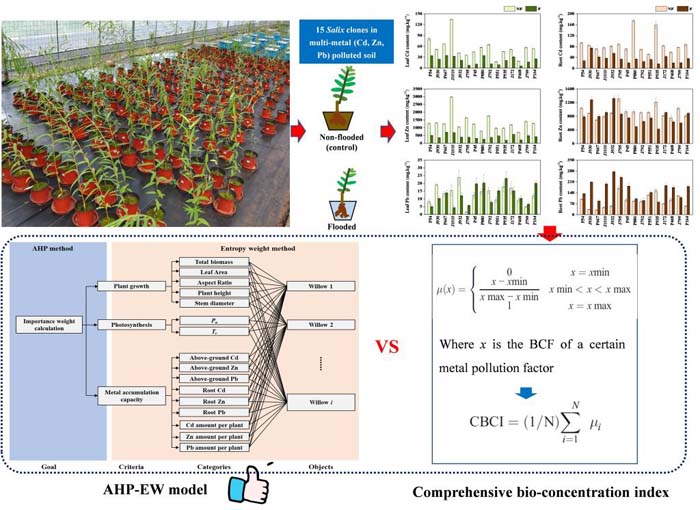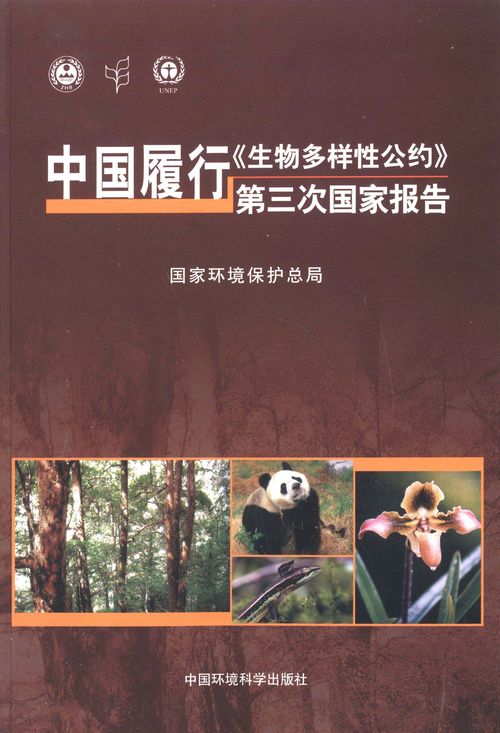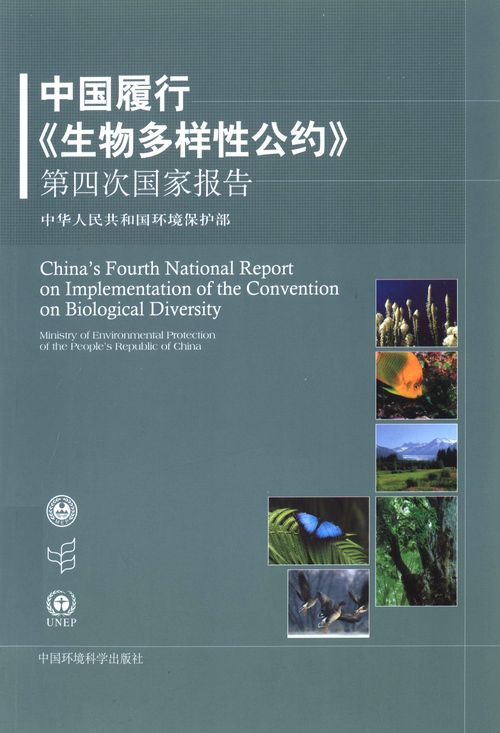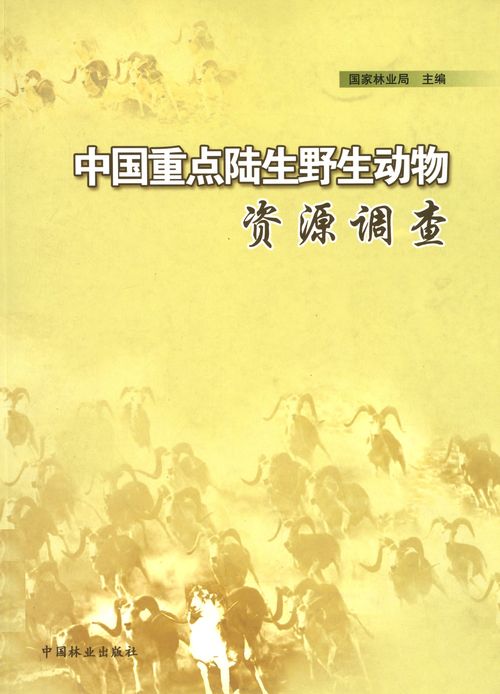
The role of arbuscular mycorrhiza on change of heavy metal speciation in rhizosphere of maize in wastewater irrigated agriculture soil
编号
zgly0000367369


文献类型
期刊论文


文献题名
The role of arbuscular mycorrhiza on change of heavy metal speciation in rhizosphere of maize in wastewater irrigated agriculture soil


作者
HUANGYi
TAOShu
CHENYou-jian


作者单位
DepartmentofUrbanandEnvironmentalSciences
PekingUniversity
Beijing100871
China


母体文献
Journal of Environmental Sciences;环境科学学报: 英文版


年卷期
2005,17(2)


页码
276-280


年份
2005


分类号
X53
S159.2


关键词
重金属污染
物种形成
农业土壤
灌木菌根
根围
中国


文摘内容
To understand the roles of mycorrhiza in metal speciation in the rhizosphere and the impact on increasing host plant tolerance against excessive heavy metals in soil, maize ( Zea mays L. ) inoculated with arbuscular mycorrhizal fungus ( Glomus mosseae) was cultivated in heavy metal contaminated soil. Speciations of copper, zinc and lead in the soil were analyzed with the technique of sequential extraction. The results showed that, in comparison to the bolked soil, the exchangeable copper increased from 26% to 43% in non-infected and AM-infected rhizoshpere respectively; while other speciation (organic, carbonate and Fe-Mn oxide copper) remained constant and the organic bound zinc and lead also increased but the exchangeable zinc and lead were undetectable. The organic bound copper, zinc end lead were higher by 15%, 40% and 20%, respectively, in the rhizosphere of arbuscular mycorrhiza infected maize in comparison to the non-infected maize. The results might indicate that mycorrhiza could protect its host plants from the phytotoxicity of excessive copper, zinc and lead by changing the speciation from bio-available to the non-bio-available form. The fact that copper and zinc accumulation in the roots and shoots of mycorrhia infected plants were significantly lower than those in the non-infected plants might also suggest that mycorrhiza efficiently restricted excessive copper and zinc absorptions into the host plants. Compared to the non-infected seedlings, the lead content of infected seedlings was 60% higher in shoots. This might illustrate that mycorrhiza have a different mechanism for protecting its host from excessive lead phytotoxicity by chelating lead in the shoots。


-
相关记录
更多
- 中国生态护林员政策实施机制、成效及动态调整 2023
- 关于山水林田湖草系统运行效率的理论思考 2023
- 政策效益视角下我国流域生态补偿机制完善问题探析 2023
- 中国集体林权改革政策效应研究综述 2023
- 危害栓皮栎的中国突瓣叶蜂属(膜翅目:叶蜂科)一新种 2023
- 藓类植物中国新记录种--短叶密疣藓 2023
 打印
打印
